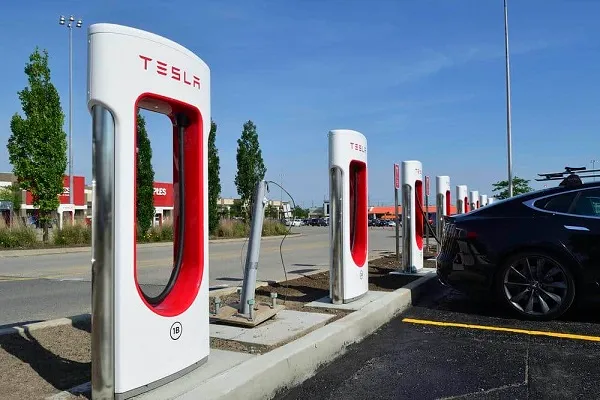By CHRIS CHAE
Staff Writer
Sommer Ray. If you’ve been anywhere near social media, you probably know of the popular online star known for her body figure.
Kylie Jenner. Previously world record holder for most liked photo on Instagram. She was surpassed by an egg. A single, beige, spotted, egg. Really says something about what we find entertaining. She is also famous for scandalous newlines and plastic surgery beauty.
These people are the face of popular social media. From following their daily lives in terribly dramaticized T.V. shows to stealing top news articles about their latest breakup, these “social media stars” are famous for no apparent reason.
But what turns these ordinary people into celebrities? We do.
Social media was first created for the basic and innocent purpose of sharing and connecting our lives to others, near or far. However, over time it has degraded into something perverse: a mechanism for attention-seekers to gain validation from total strangers.
Our modern culture has transformed us into scavengers for likes and follows, a far cry from simply connecting with friends and family. On Instagram, people often follow up a post by putting up on their stories “like and comment on recent” or “L4L,” which stands for “like for like.” The focus of posting pictures is no longer about sharing achievements or cherishing special moments with other people. Instead, people care more about their follower ratio and like counts. This has given way to a trend where accounts will use third party sources to buy followers and likes. It’s not uncommon to hear people complaining about how a certain picture got more likes than others and worrying about “posting time” There are glaring problems in the direction that social media has been progressing.
This focus away from the original purpose of social media has given rise to the “influencer market.” The Influencer Market is the social media advertising done through famous accounts. Sponsors give benefits and pay to online celebrities who post and advertise for certain products. This process has become so profitable, with WebFX stating that each post costs $1K to $1mil, that popular accounts will make deals and publicize for other popular accounts to help each other rise in standing for the “influencer market”. These promotions saturate peoples’ news feeds with content that they did not follow for; and more importantly, promotes social media becoming a market first and sharing platform second. For example, while Facebook has declined in viewership, its ad revenue had risen 42% in 2018..
The toxic culture of valuing social status via likes and followers is also detrimental to mental health. Researchers at UCLA’s Brain Mapping Centers found that when teenagers’ photos get many “likes” on social media apps, their brains respond in a similar way to seeing loved ones or winning money. The double tap has become a major source of happiness, and relying on fake validation has led to the rise of anxiety and depression, and issues with self-identity and body image. According to a study by the Royal Society for Public Health, Instagram is the social media app most detrimental to young people’s mental health, followed closely by Snapchat. The study, Status of Mind, found that young people who spend more than two hours per day connecting on social networking sites are more likely to have poor mental health as well as psychological distress. The author reported that young women are especially likely to, “compare themselves against unrealistic, largely curated, filtered and Photoshopped versions of reality…[which] may actually be fueling a mental health crisis.” To combat this growing problem, Instagram has experimented with taking away the like counter. Instagram has started testing in Australia, Brazil, Canada, Ireland, Italy, Japan, and New Zealand since July. Now testing has reached its biggest client base: the US. The person who posted the photo will still have access to see how many likes they received, but the like count is blocked from others’ view. Instead of having a number of likes, each post will only show “liked by bob, john, and others” causing people to not judge a post by the number of likes but by the true quality of the image shared. We do not know yet if this change will be a permanent implementation into what is the top social media app, but these tests show that it is a first step.
Online, we create fake identities. We post the best pictures, the ones that make us look good and only the ones that highlight the best in our lives. We ignore the daily grind, the monotone, the sad moments. We only show and share the peak of our lives, often altering or filtering to our own liking. We gain validation from other fake identities, the likes and comments just mindlessly handed out with no real thought, allowing for distorted thinking and the rise of shallow stars.
But while social media is more publicized for its negative effects, social media does have the power to connect the world. From each corner of the world, from the rich to the poor, we can all use social media to share, raise awareness, and connect. What greater gift is there than that: to connect with others, growing and sharing love. Let’s bring social media back to its original goal. In a world of 7 billion people and growing, we could use a bit of connection, a bit of family in every lonely area. With Instagram taking the first step, let’s follow as a community, using social media to share and connect instead of to gain fake validation.
Categories:
Social Media: Surrounded by Strangers
December 13, 2019
0
Tags:
Donate to Sword & Shield
$180
$1000
Contributed
Our Goal
Your donation will support the student journalists of University High School. Your contribution will allow us to purchase equipment and cover our annual website hosting costs.








